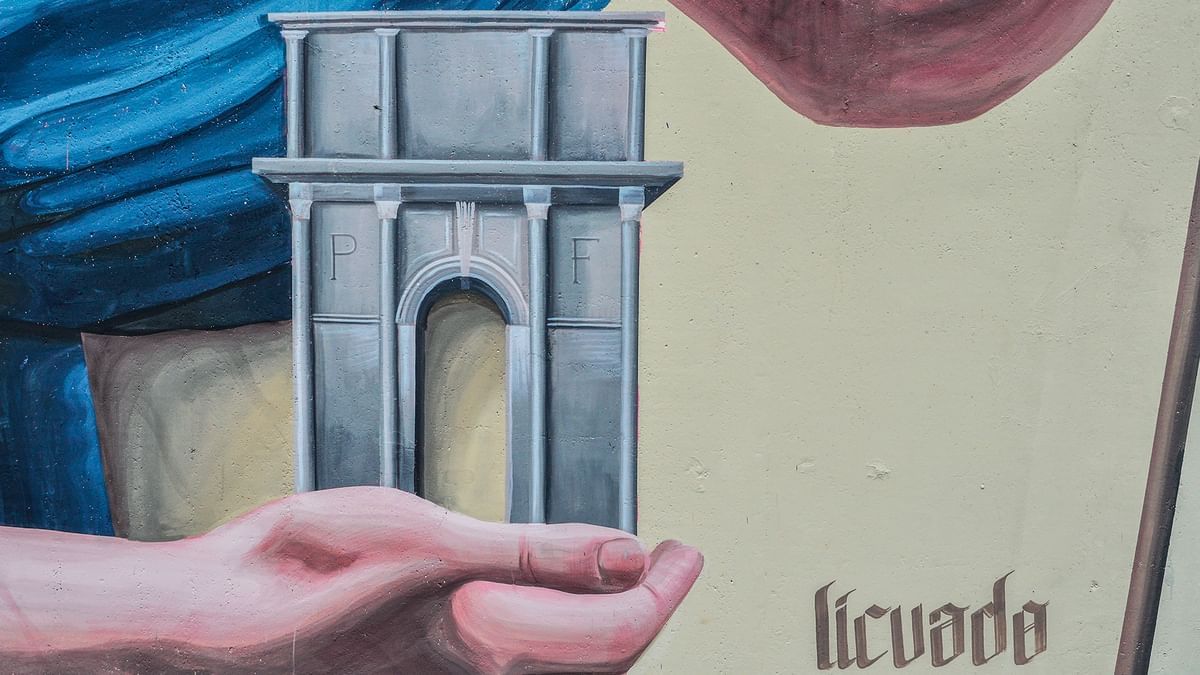Stairs, walls, bridges and buildings... Any part of town can be a canvas for creativity and an explosion of colour.
24 Feb 2020
Gruppo UNA
No, we are not in Valparaíso (Chile), but in a city of great beauty, known the world over for its millenary monuments and its glorious past. Welcome to Rome...
Once, “murals” and graffiti were considered little more than vandalism. Today, cities have begun to realize just how much light true Street Artists can bring to increasingly grey urban centres.
In Rome, urban art has become a valuable resource for “regenerating” streets by telling stories, lending vitality to traditional infrastructure, waking up passers-by, communicating emotions and provoking thought.
The most evocative street art places to go in Rome? Let’s find them together.
The Grande Raccordo Anulare and the GRAART project.
On our quest for street art in the eternal city, we start with the Grande Raccordo Anulare and the urban contemporary art project GRAART: 16 murals inspired by mythology, stories and legends, offering a welcome greeting to people on their way in or out of town. Here are some of the best splashes of colour:
- Life and Death - Camilla Falsini: this work of art is along the Appian Way. Reprising decorative elements from mausoleums and sacrificial altars, the artist has chosen the ideal symbol of bucrani, animal skulls, mainly oxen. Her four enormous bone-headed characters present themselves in two opposing factions – the armies of Maxentius and Constantine – fighting it out for the three colorful flowers in the centre of the wall. Tears of blood gushing from the bucrani create a red sea at the base of the mural, a reference to the sacrifice of Maxentius and the blood of oxen shed in these fields as a pagan blessing for fertility.

- I Guardiani di Ottavia - Colectivo Licuado: the first mural Colectivo Licuado created in Rome can be admired near the Hypogeum of the Octavians, where the tomb of young Octavia Paolina is. This same part of Rome is also home to the Casal del Marmo juvenile prison. “I Guardiani di Ottavia” today serves as a symbolic entrance to an area that has always had lot in common with the theme of stolen childhoods. This evocative spot is inspired by the image of the fresco on the archosolium, in which the God Mercury, protector of travellers, accompanies children into the afterlife, freezing them in eternal childhood.

- Obelisco Nasone - Maupal: the conceptual sense of Mauro Pallotta’s work lies in the alternation between high and low, between official history and popular commentary. The artist uses instantly comprehensible symbols, raising a typical Roman public drinking fountain (called a nasone, “big nose”) to the role of an imposing Egyptian obelisk. Pope Sixtus V, who had the four obelisks erected in St. Peter’s Square, Piazza del Popolo, Piazza dell’Esquilino and Piazza San Giovanni in Laterano, is conceptually portrayed in the middle of the work. The nasone fountain represents the last stage for water brought to Rome via aqueducts, a symbol of the free distribution of water to the Romans; the interplay of two spouts sends more water to one side and less to the other, giving the work its ironic, grotesque and typically Roman sarcasm.


Natura Morta - Reka, Tor Marancia.
Reka started his career as a graffiti artist before he became a Street Artist. Using strong lines and combining the influences of pop culture, comics and illustration, his style is known for its fusion of high art and art from below.
His works include murals, graphics, photography, and recently the use of objects found on railway lines or exploring abandoned warehouses.
His Tor Marancia “Still Life” is an explosion of wholly sprayed-on colours. People who live round these parts are in no two minds about it: here, Reka is Picasso.
Coffee Break - Etam Cru, Tor Pignattara.
In 2014, this work took the record for the tallest street art created in Rome. In the district of Tor Pignattara, a man holding a coffee emerges out of a garbage can. Although he does not explicitly refer to the problems of everyday life in Rome, he recalls the traditional Italian welcome of having a coffee, a moment of sharing and warmth for anybody who has a hard time with alienation or hardship, living out on the streets.
I Still Remember How It Was Before - My Dog Sighs, Piazza San Cosimato.
On the wall of the Nuova Regina Margherita hospital, My Dog Sighs has created an evocative mural, consisting of eyes that seem to penetrate passers-by. Eyes that express many things, depending on how they meet your gaze. Eyes reflecting the wall itself and the Roman skyline. Eyes that seem to admire the beauty of Trastevere and watch over the neighborhood, offering hope and allowing us to look to the future.
This project was the first work in the second edition of the Forgotten Project urban renovation programme, which spotlights buildings in Rome in danger of being forgotten.
Nido di Vespe – Lucamaleonte, Quadraro.
Around 4 a.m. on April 17, 1944, the Gestapo and Fascist police launched their ferocious “Unternehmen Walfisch” plan to raid the Quadraro district and punish one of Rome’s most active, well-organized centres of anti-fascism and resistance in Italy.
Seventy years on, the Roman artist Lucamaleonte created his own “Wasps’ Nest” in Via del Monte del Grano, proudly recalling how the citizens of Quadraro welcomed the insult the Nazis tried and failed to tar the neighborhood with.
The wall today symbolizes this neighborhood’s resistance during the infamous round-up.
Where to stay in Rome.
To fully experience the eternal magic of Rome, we recommend you stay in the heart of the city at Gruppo UNA UNAHOTELS Decò Roma, located a stone’s throw from Termini station. There’s no finer location from which to set off and discover Rome’s most evocative street artworks.




